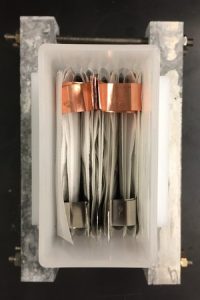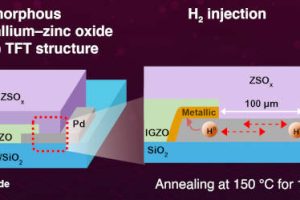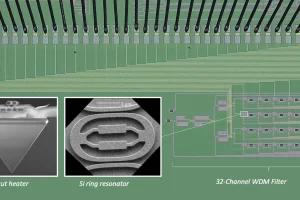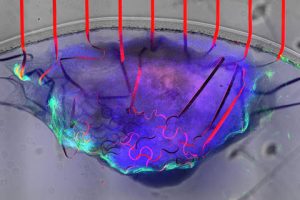
It takes advantage of intercalation and complexation chemistry to make the cathodes rechargeable to a larger extent, greatly extending cycle life.
“A new layered crystal structure of manganese dioxide is used in this chemistry, which is intercalated with copper ions. This makes it rechargeable to its theoretical capacity for a significant number of cycles,” said scientist Gautam Yadav.
According to Yadav, this is the first time a calcium hydroxide interlayer is has been used to block the poisonous zinc ions through complexation.
Zinc is a cheap metal, and this research could be a step on the way to zinc battery grid-scale storage.
The Yadav team’s research appears in the Journal of Materials Chemistry A as ‘A conversion-based highly energy dense Cu2+ intercalated Bi-birnessite/Zn alkaline battery‘, where the abstract provides more detail on the blocking action of calcium hydroxide.
 Electronics Weekly Electronics Design & Components Tech News
Electronics Weekly Electronics Design & Components Tech News



